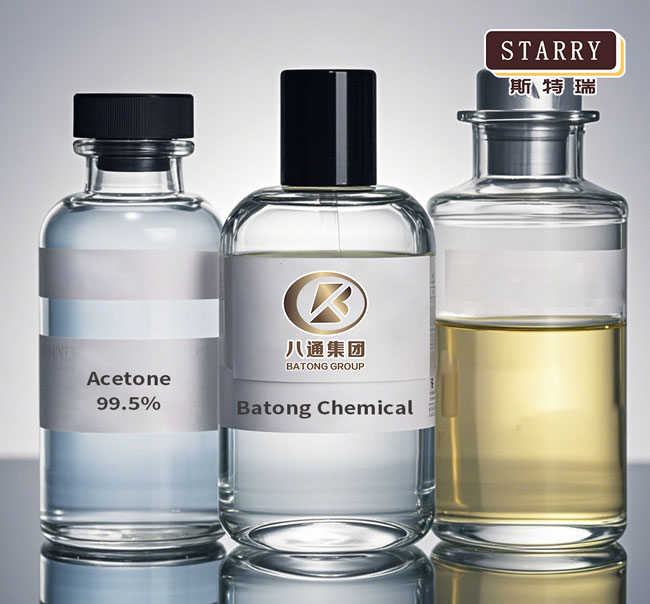Hainan Starry with a liquid chemical storage capacity of nearly 50,000 cubic meters With own railway line in factory, saving domestic costs from factory to port.
view more
With own railway line in factory, saving domestic costs from factory to port.
Chat OnlineHainan Starry with a liquid chemical storage capacity of nearly 50,000 cubic meters With own railway line in factory, saving domestic costs from factory to port.
Hainan Starry with a liquid chemical storage capacity of nearly 50,000 cubic meters With own railway line in factory, saving domestic costs from factory to port.
The domestic market price of methyl ethyl ketone (MEK) is showing a trend of regional convergence, with current prices at a low level for the year, reflecting that the market has not yet formed a clear directional trend amid the supply-demand game between supply and demand. Since June, major domestic suppliers such as the large plant in Huizhou, Guangdong, the large plant in Anhui, and the large plant in Zibo, Shandong, have collectively reduced production, leading to a sharp decline in supply. Changes in their operating rates have a significant impact on the market's supply-demand balance. Downstream industries of MEK, including pulp, leather, and adhesive sectors, are in their traditional low consumption season. Major pulp plants are maintaining production at planned volumes, while small and medium-sized factories are operating at low levels, keeping inventories at medium to low levels and primarily engaging in just-in-time replenishment. In mid-to-early June, after MEK prices fell to near cost levels, downstream users and traders entered the market to buy at low prices. Coupled with a concentrated release of overseas demand before the deadline for the U.S.'s global reciprocal tariffs, export orders for leading enterprises increased, alleviating supply pressure. However, after July 8, changes in tariff policies made it difficult for the strong export momentum to continue. Overall, the MEK market is at a critical juncture in the supply-demand tug-of-war, with prices fluctuating. Production reductions and maintenance on the supply side provide short-term support, but weak domestic demand and declining export competitiveness pose long-term pressures. Moving forward, it is essential to closely monitor the operating dynamics of leading enterprises, changes in raw material costs, and the pace of policy-driven favorable developments. The market is likely to continue its oscillating pattern amid the interplay of "weak realities and strong expectations."
Read More
Ethyl acetate in East China, affected by plant maintenance, some enterprises have slightly raised prices. In South China, the market is in a wait-and-see mood with insufficient demand support. In North China, tight supply has pushed up prices. Capacity utilization rate: Last week, the capacity utilization rate of ethyl acetate was 45.53%, down 1.64 percentage points from the previous week, mainly due to plant maintenance and weak demand. In 2025, 480,000 tons of new capacity is planned to be added, but the commissioning progress has been delayed by sluggish market conditions, with some plants postponing start-ups. Demand-wise, traditional sectors such as coatings and printing inks remain weak, with downstream procurement mainly based on rigid demand and high price sensitivity. Ethyl acetate exports continue to perform well, with single-month export volume in February 2025 hitting a ten-year high . The ethyl acetate market is characterized by regional differentiation, cost support, and weak demand coexisting. Prices have risen slightly, but the overall market still faces pressure from overcapacity, with exports serving as the main growth driver.
Read More